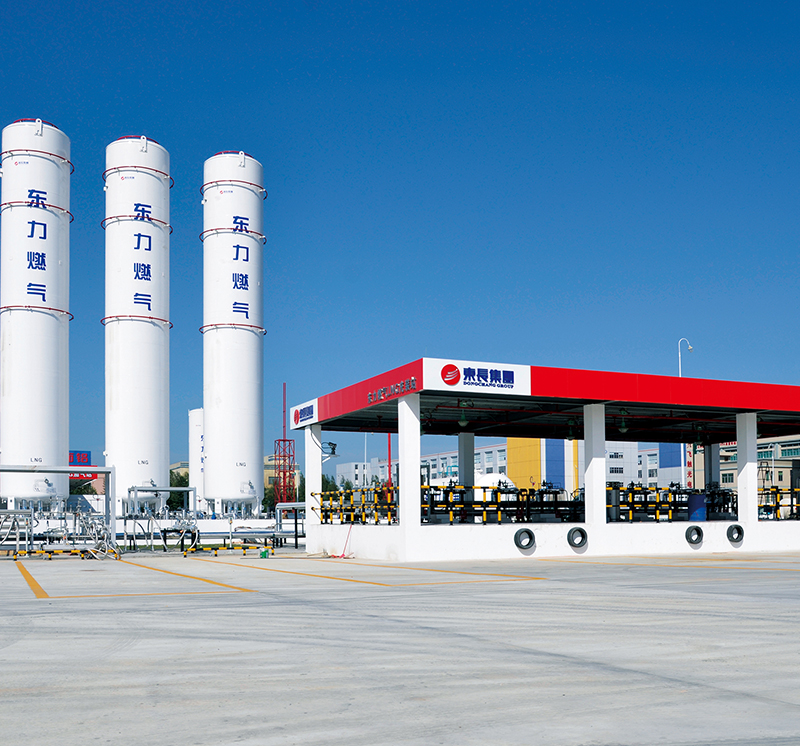LNG Storage Tank Market Global Forecast to 2027 | CIMC ENRIC
LNG Storage Tank Market by Type(Self-supported, Non-self-supported), Material(steel, 9% nickel steel, aluminum alloy), Geography(North America, Europe, Asia Pacific, Middle East & Africa, South America) - Global Forecast to 2027
The LNG storage tank market is expected to reach USD 20.8 billion by 2027, growing at a CAGR of 7.5% over the forecast period. Liquefied natural gas (LNG) storage tanks are specialized storage tanks used to store liquefied natural gas. These tanks are often located underground, above ground, and in LNG tankers or vehicles. They are available in various configurations such as horizontal, vertical, double walled and insulated. LNG tanks are insulated to reduce evaporation, prevent heat transfer and protect the structure.
Rising number of floating storage and regasification units drives demand for LNG storage tanks
Floating storage and regasification units are key components of the LNG value chain, forming the interface between LNG carriers and local gas suppliers. Floating storage and regasification units (FSRUs) are a flexible alternative to traditional onshore LNG terminals. In 2021, the overall LNG fleet will grow by 10% compared to 2020. According to the International Gas Union, as of the end of April 2022, the global LNG carrier fleet consisted of 641 active vessels, including 45 FSRUs and 5 floating storage units (FSUs). In regions with high demand for LNG and lack of mature pipeline networks, there will be more demand for floating storage and regasification units. Rapid economic growth in several regions such as Asia Pacific and Middle East & Africa is expected to drive the growth of new floating storage and regasification units in the near future, which in turn will drive the demand for LNG storage tanks.
The high installation cost of LNG storage tanks is the main factor restricting the LNG storage tank market
The main raw material used to manufacture LNG storage tanks is nickel steel (9%). Volatility in nickel steel prices restrains the market growth. Affected by Indonesia's ban on nickel exports from January 2020, the price of nickel steel continues to fluctuate. Indonesia is the world's largest nickel producer and exporter, followed by the Philippines, accounting for more than 20% of nickel exports globally. Due to the announcement of the ban, nickel prices suddenly soared, leading to an increase in the production cost of LNG storage tanks. In addition, in 2018, the United States imposed a 25% tariff on Chinese steel production, which was one of the reasons for the Sino-US trade war, causing the price of steel (the most commonly used raw material) to increase. Materials used to manufacture liquefied natural gas storage tanks.
Growth Opportunities in Maritime Transportation is an Opportunity for LNG Storage Tanks Market Growth
In 2020, the International Maritime Organization decided to implement the 0.50% sulfur cap decision to reduce the harmful impact of marine fuels on the environment. This gave birth to LNG as a marine fuel. Unlike other fuels, LNG emits zero sulfur oxides and zero particulate matter, and is non-corrosive and non-toxic. As a traditional marine fuel, LNG will bring a long-term, cost-effective solution. Wärtsilä (Finland), a global leader in the marine industry, develops and converts oil-fired engines to LNG-powered engines.
LNG storage tanks are increasingly used for intermodal freight. Intermodal facilities including yards, container yards, cargo, and storage tanks, which provide more options for marine transportation and many oil and gas companies, will boost the LNG storage tanks market.
One of the major restraints in the LNG storage tank market is LNG leakage and boil-off gas
LNG is stored and transported as a cryogenic liquid in tanks. Although the tank is insulated, there is still heat entering the tank from the surrounding environment. This raises the temperature, causing the liquid to evaporate, which creates boil-off gas. Managing boil-off gas is necessary to prevent overpressurization of storage tanks and avoid health and safety risks to the surrounding environment. There is also an explosion hazard if gas leaks from the tank. Therefore, gas leaks and boiling are the major challenges in the LNG storage tanks market.
Another key challenge is that the LNG value chain involves many players - EPC (Engineering, Procurement and Construction) contractors, suppliers, vendors, stakeholders and end users, which leads to potential problem areas such as supply delay, and increase costs.


评论
发表评论